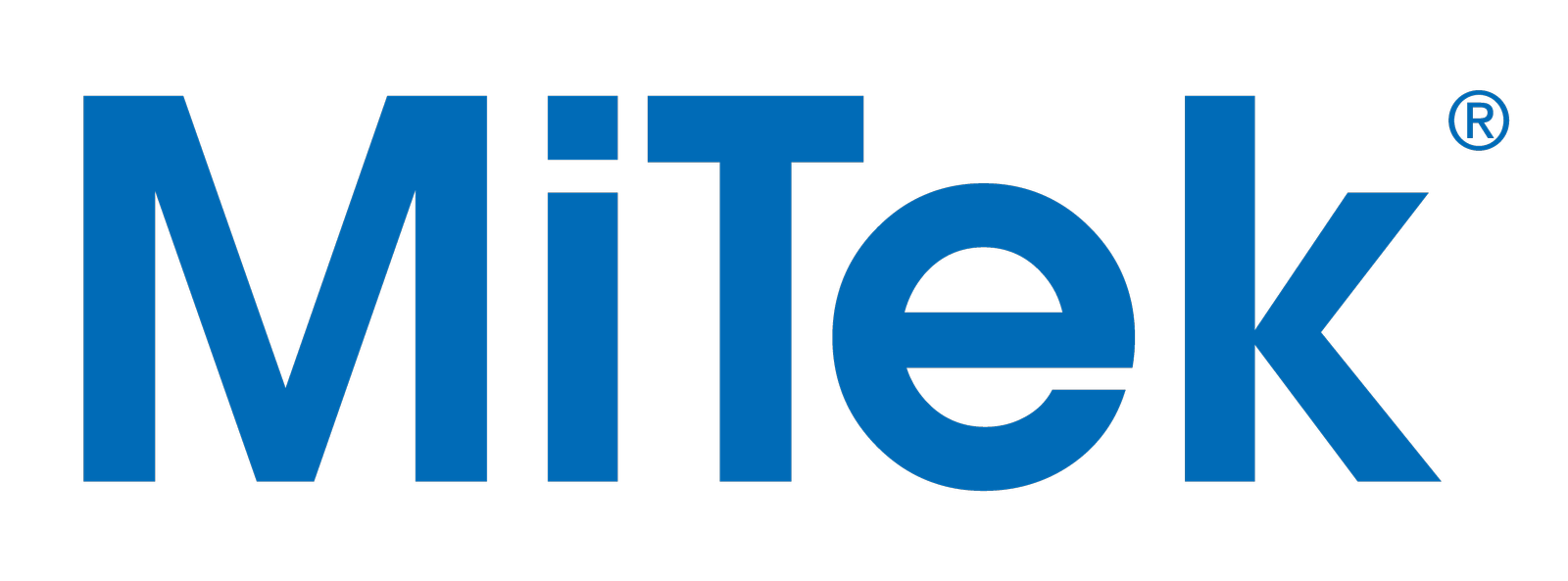
People Business is a column focusing on HR, IR and WHS issues. This piece was written and provided by Peter Maguire, owner and practice leader of Ridgeline HR.
In this third article in our series on managing psychosocial hazards, we explore the next 4 psychosocial hazards in the Model code for managing psychosocial hazards published last year by Safe Work Australia.
In each case, there is an explanation of what the hazard is and some questions for you to consider in assessing whether there are any associated risks evident in your workplace.
Hazard #7 – Poor organisational justice
This hazard involves a lack of procedural justice (fair processes to reach decisions), informational fairness (keeping people informed) and interpersonal fairness (treating people with dignity and respect).
Some questions that you might ask to assess whether there are any psychosocial hazards related to poor organisational justice in your workplace include
- Are there any failures to respect peoples’ privacy or to protect confidentiality of their personal information?
- Are there cases where a worker’s performance is openly discussed in front of other people?
- Are there any instances of people’s information being used for purposes other than that which the information was provided for?
- Are any policies unfair or biased or do they deny any workers their rights?
- Are policies applied inconsistently or in a biased way creating inequalities?
- Does the organisation fail to recognise and accommodate the reasonable needs of workers?
- Are there occurrences of actual or alleged cases of underperformance, misconduct and harmful behaviour that are not addressed appropriately or at all?
- Are there inequalities in the allocation of work or shifts or opportunities that are discriminatory or unfair?
- Are there different rules for different categories or groups of workers?
- Are there inadequacies in policies and procedures compromising the capacity to make fair decisions on employment matters?
Hazard #8 – Traumatic events or material
This hazard is about workers who witness, investigate or are exposed to traumatic events or material. A person is more likely to experience an event as traumatic when it is unexpected, is perceived as uncontrollable or is the result of intentional cruelty.
This includes vicarious exposure (indirectly feeling affected by trauma to others) and cumulative trauma (an aggregation of harm from repeated or prolonged exposure).
Some questions that you might ask to assess whether there are any low job control related psychosocial hazards in your workplace include
- Do workers witness or have to investigate a fatality, a serious injury, abuse, neglect or serious incident?
- Are workers exposed to seriously injured or deceased persons?
- Are there situations where workers experience fear or extreme risks due to a motor vehicle or workplace accident or a crime like an armed robbery or assault or murder?
- Do people’s jobs require them to deal with natural disasters, terrorism or war and be exposed to their effects in the course of their work?
- Do workers support people who are victims of painful or traumatic events?
- Does a worker’s job involve viewing, listening to or reading descriptions of painful or traumatic events experienced by others?
- Are there any exposures to events which bring up traumatic memories?
Hazard #9 – Remote or isolated work
This hazard involves
- Work that is isolated from the assistance of other persons because of the location, time or nature of work.
- Working in environments where there are long travel times, poor access to resources, or communications are limited and difficult.
Some questions that you might ask to assess whether there are any low job control related psychosocial hazards in your workplace include
- Does the job involve a long commute to the worksite?
- Are there significant delays in being able to enter or exit the worksite (eg prisons, tower cranes, confined spaces)?
- Do employees work away from the usual workplace (e.g. working in clients’ homes, offsite or from home)
- Is there limited access to resources because supplies are delivered infrequently or there are significant delays in delivery of extra necessary equipment?
- Is there limited access to recreational opportunities or opportunities to escape work issues (eg when living in workers’ accommodation in remote areas)?
- Is life balance, access to support networks and the ability to meet family responsibilities compromised by working and living remotely?
- Is there anyone who just works on their own (eg a lone worker on a night shift)?
- Is there limited access to reliable communications and technology because of inadequate infrastructure or signals or because systems are offline?
Hazard #10 – Poor physical environent
This hazard involves workers who are exposed to unpleasant, poor quality or hazardous working environments or conditions.
Some questions that you might ask to assess whether there are any psychosocial hazards arise from a poor physical environment in your workplace include
- Do people have to work on hazardous tasks or in hazardous conditions (eg in working with or near unsafe machinery or hazardous chemicals)?
- Do people perform demanding work while wearing uncomfortable personal protective or other equipment (eg equipment that is poorly fitted, heavy or reduces visibility or mobility)?
- Do workplace conditions such as poor lighting, high noice or uncomfortably high or low temperatures affect workers’ concentration or ability to complete tasks?
- Are there any unpleasant work conditions such as poorly maintained or inadequate amenities, unpleasant smells or loud music?
- Is any equipment poorly maintained so that it has become unsafe or noisy or it vibrates?
- Do work-related accommodation, facilities and amenities contribute to worker fatigue because they are noisy, uncomfortable or prevent workers from getting enough sleep?
These lists of questions are not exhaustive and while we have based these posts on the model code produced by Safe Work Australia, there can be differences in the specific details for each State or Territory. So you need to check that in the jurisdiction in which your workplace lies.
Disclaimer
This article has been prepared to provide as accurate a picture as possible based on information that is currently available pending implementation of the legislative changes. It does not constitute legal or professional advice and should not be relied upon in that regard.
About the author
Peter Maguire is the owner and practice leader of Ridgeline HR, an award winning HRM consulting practice which has been operating since 2000. Peter is an acknowledged expert in workplace relations and also a high performance leadership coach with over 40 years of experience in HRM. Ridgeline HR’s byline is “Helping PEOPLE in BUSINESS with PEOPLE BUSINESS”.
Our Principal Partners



